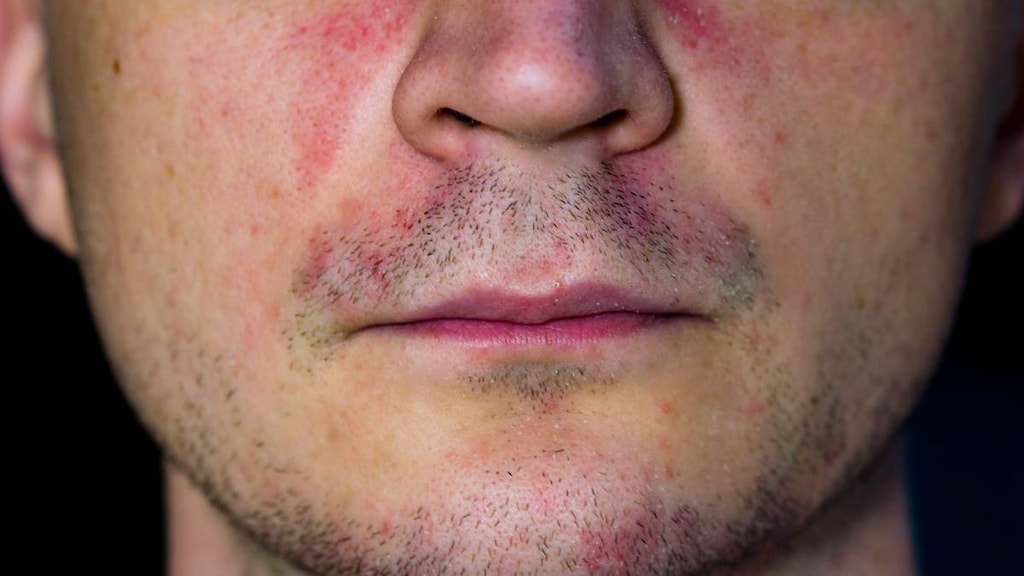
What is perioral dermatitis?
Perioral dermatitis is the name given to a red rash that appears around the mouth. In people with fair skin, the rash resembles small acne-like breakouts, and in people with darker skin, it tends to be skin-colored. The rash may spread and involve the folds below the nose or even the eyes.
Perioral dermatitis may also be called muzzle rash.
What causes perioral dermatitis?
The exact cause of perioral dermatitis is not known; however, it may occur due to:
- A problem with the skin barrier
- An overreaction of the immune system
- A change in the make-up of the microbes on the skin
- Bacterial involvement.
Unlike seborrheic dermatitis, yeasts do not appear to be involved in perioral dermatitis.
Who is more at risk of perioral dermatitis?
Perioral dermatitis more commonly affects children and women aged 15 to 45 years. People more at risk of perioral dermatitis include those:
- Applying topical steroids to the face, either deliberately or inadvertently
- Using nasal or inhaled steroids or taking oral steroids
- Applying make-up, face creams or sunscreen to the face
- Using fluorinated toothpaste
- Not washing their face properly
- Taking oral contraceptives or going through hormonal changes.
What are the symptoms of perioral dermatitis?
Common symptoms include:
- Groups of itchy or tender small red bumps (1-2mm) confined to the skin around the mouth
- The rash may involve just one side of the face or both sides
- The area immediately around the lips is usually spared and may appear white or pale. The cheeks and forehead are also not involved
- These may spread to cover a larger area or involve the nasal folds (this condition is called periorificial dermatitis) or around the eyes (periocular dermatitis)
- A clear fluid discharge may be present
- The surface of the skin may appear dry or scaly
- The skin may burn or feel irritated.
How is perioral dermatitis treated?
All face creams, make-up, and sunscreens should be discontinued. If steroid creams have been used, slowly apply these less and less frequently.
Only use warm water to wash the face. Once the skin has cleared, a mild soap-free cleanser may be used. Chose a gel sunscreen to apply before going outside.
Other treatments include:
- Topical antibiotics
- Metronidazole
- Pimecrolimus or tacrolimus
- Azelaic acid
- Benzoyl peroxide
- Oral antibiotics.




